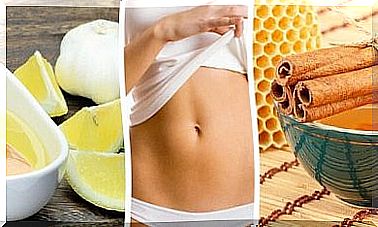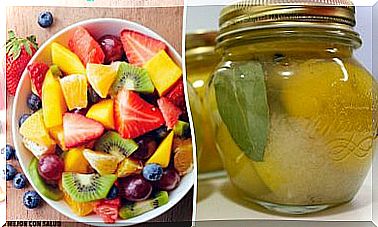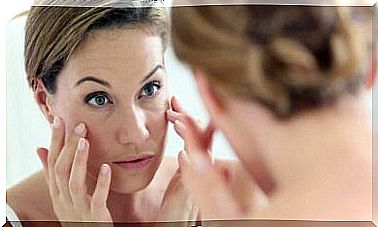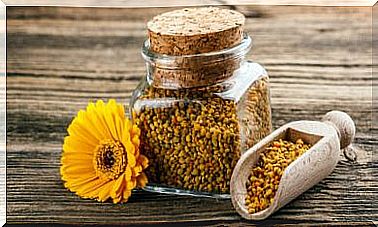How To Make Your Own Homemade Stain Remover
Clothes are always exposed to stains. Even during washing, some clothes can get stained from a bad detergent, or a technical problem in the washing machine. Therefore, it is very convenient to have a good stain remover at home.
This can be the best ally when it comes to removing any type of hard-to-remove dirt. And while we can purchase various options in the market, we can also develop our own option, based on some very common elements.
Many people prefer this second option because it allows them to take advantage of elements that they already have at home. Instead of being thrown away or simply forgotten in the closet, creating a stain remover can give them a new utility.
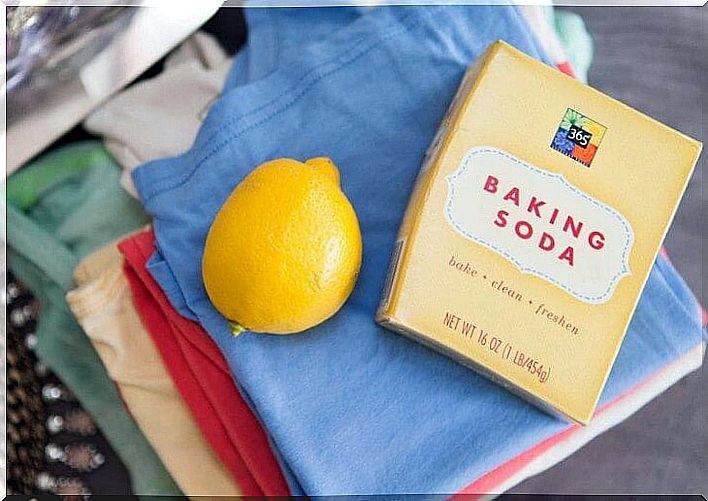
It is true that today, the market offers a large number of detergents and products to remove stains from clothes. Whether you opt for one or the other, it is important to make sure that there are no previous allergies.
In the same way, you have to be very careful with contact with certain elements that may contain a certain index of toxicity.
Today, more and more people are looking for ecological alternatives to wash clothes and significantly reduce stains. These alternatives are safe and effective.
Some of them, for example, are the ones that will be explained below:
Baking soda stain remover
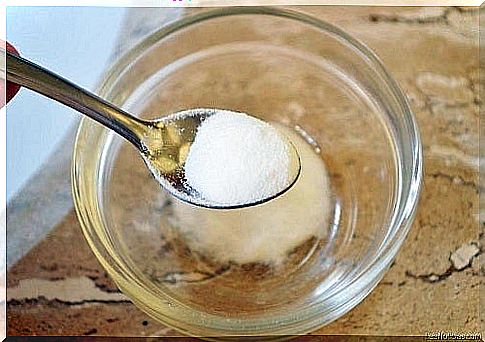
Baking soda is one of the most common products that can be found inside any home. According to this study carried out by the Mashhad University of Medical Sciences (Iran), its use in dental enamel gives teeth a whiter tone. At the moment, there is no scientific evidence regarding its use as a textile stain remover, but it can be proven.
- Sweat stains: it is recommended to mix 6 tablespoons of baking soda in ½ cup of warm water and apply it directly. Let it rest for 15 minutes and rinse the garment with water. If the stain is not removed the first time, the same procedure is repeated.
- Grease stains: Baking soda can also be tried on grease. To do this, it must be sprinkled directly on the affected garment, let it rest for half an hour, brush gently and rinse.
Vinegar stain remover
According to this study carried out by the University of Taubaté (Brazil), vinegar, despite not eliminating bacteria, significantly reduces the amount of these in the oral cavity. Although there are no studies to prove its whitening effect, it can be used as an antimicrobial.
- Stains in general: Mix ½ cup of vinegar with a quarter of warm water and ¼ cup of baking soda. It is applied directly on the stain and is left to act for 15 minutes. Then it is rinsed off.
- Mold stains: For these cases, equal parts vinegar and salt are mixed.
Lemon and salt stain remover
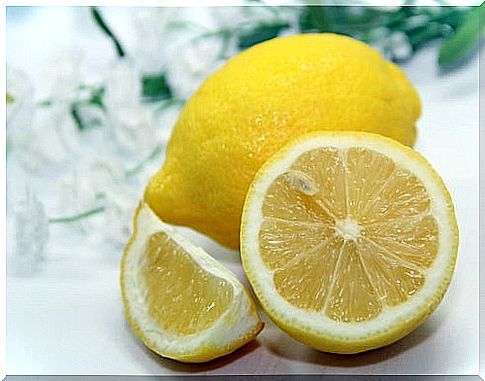
Lemon juice could work as a bleaching element capable of removing some types of blemishes on the face. However, this research carried out by the University of Leiden (Holland) recommends caution, since it can cause skin irritation.
There is no evidence to support its use as a textile bleach, but it can be proven as follows:
- Dark spots: Mix ¼ cup of lemon juice, ½ cup of salt and ½ cup of warm water. Next, the mixture is applied directly to the stain, leaving it to act for 10 minutes. Afterwards, it is rinsed off with lukewarm water.
Cornstarch and talcum stain remover?
There is a theory that talc has the ability to remove red wine from clothing. However, this study by the Stare University of Campinas (Brazil) suggests that this claim is false. Likewise, it states that the use of bleaches such as talc would increase the susceptibility to stains, so its use is more than rejected.
In conclusion
If you decide to use natural elements as detergent, it is important to know that these are not magic products. Like any natural element, its reliability, although proven, is not 100% exempt from exceptions.
You have to check, as mentioned before, that you do not suffer from any related allergy. In the same way, if the use of these products does not generate the desired effect, you can always resort to traditional stain removers.



